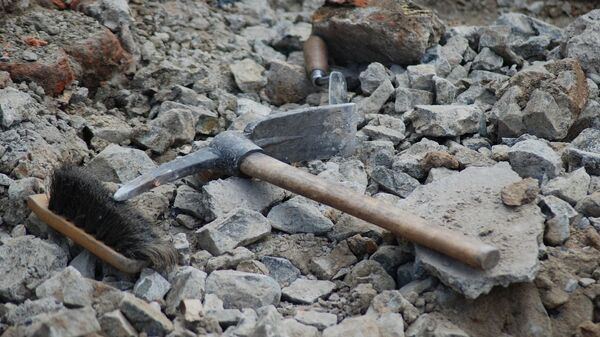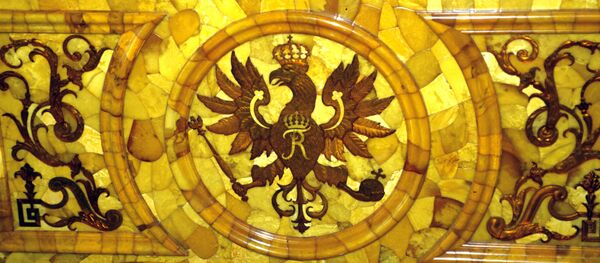A team of Russian scientists from Novosibirsk Institute of Archaeology and Ethnography has discovered a unique statuette at a mass burial of Odinov people in Western Siberia, Russia. The statuette, made of clay, was put on the shoulder of a woman, who was buried 5,000 years ago, lying face down on top of a man and the two skeletons were wrapped in a cocoon of birch bark, which archaeologists say was set on fire before the burial. Researchers say the two were most likely lovers.
"Interestingly, our anthropologists and genetics found that the Odinov people were Mongoloids, yet the face of the figurine had clear Caucasian features. We don’t see the gender of the figurine, which is unusual, and we can’t say if it was dressed", said Vyacheslav Molodin, head of the expedition.
Besides these skeletons the team also discovered the remains of two adults and three teenagers with severed heads. Prof Molodin, head of the expedition, said Odinov people had a skull cult.
"It is a characteristic feature of this culture that they had graves with cut-off heads. They were perhaps put into a sanctuary, or buried separately in a different way", Molodin said.
However, the gem of the expedition is the aforementioned statuette. The size of a human palm, it had a hollowed out section in the middle, where archaeologists found a bronze plate and an unknown organic material. Scientists are now conducting a chemical test to establish its origin. Moreover, the statuette had a mask made of a horse vertebra. Scientists believe the mask depicted a bear’s muzzle. The figurine is not dressed, which archaeologists say is very unusual. The head of the statuette, which was found on the woman’s skeleton, was broken off and turned upside down.
"This is, without a doubt, the find of the season, the find that any world museum from the Hermitage to the Louvre museum would love to exhibit. The woman must have been an unusual person to have such a figurine 'escorting' her to the afterlife", said Prof Molodin.




